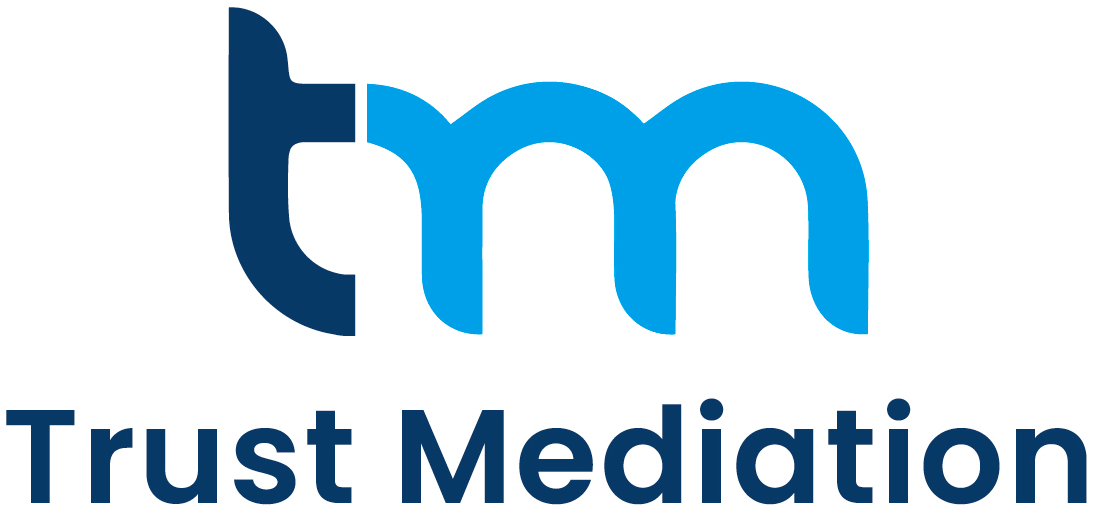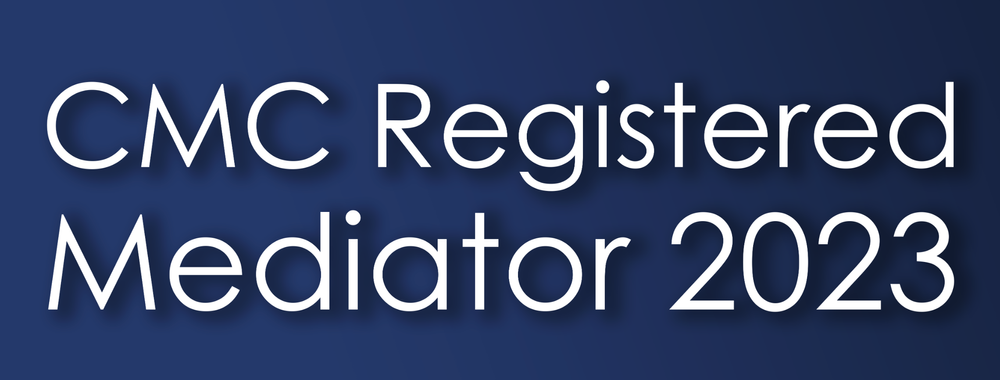With troublesome court delays and pressures from all angles to settle cases, injury lawyers are increasingly turning to Mediation as a form of dispute resolution. As the UK’s leading specialist personal injury and clinical negligence mediation company, Trust Mediation has an invaluable insight into what obstacles can arise at a mediation that prevents the parties from reaching a settlement.
In this article, Mediators Philip Hesketh and Paul Balen share their thoughts how parties can best prepare themselves to make the most of the mediation.
Most of Trust Mediation’s mediations result in a settlement on the day or within a few weeks after – the figure varies between 70% and 80%. We’ve conducted well in excess of 1000 mediations, and this experience enables us to identify several obstacles to resolution and the steps that can be taken to avoid them, helping you to make the most out of your mediations.
By failing to prepare, you are preparing to fail.
The main reason settlement is not reached is because one or other side has not fully prepared for the negotiation. Parties often decline to prepare a position statement which is usually a mistake.
Preparing a position statement requires you to consider your case from a different angle. Unlike a pleading, a position statement should be looked at with resolution in mind. Changing your approach from ‘adversarial’ to ‘resolution’ can (to start with) be difficult for lawyers to adjust to. A good way to tackle your preparations for a mediation is to ask two questions:
1. What does my client really want to achieve and
2. What information have I got which my opponent may not have, which might help them see my point of view.
By asking these questions you reassess the strengths and weaknesses of your case and, with the information you currently have, the strengths and weaknesses of the other side’s case. You are therefore able to:
- consider your client’s motives for settlement,
- the risks they are prepared to bear, and
- the alternative if you do not resolve the case.
This is an opportunity to deal with weaknesses in your case already identified by your opponent, to highlight your strengths and detail the difficulties the other side will have to overcome. You can set the scene, make it clear to the other side that you are looking to resolve the dispute and tell them what you believe the current obstacles to resolution are.
Design your negotiating strategy
Whilst preparing your position statement you should consider and design your negotiating strategy in consultation with your client. We are frequently astonished by how many parties simply attend on the basis they will react when they hear the other side’s opening offer.
As a minimum your strategy will include:
- where you intend to start your negotiation;
- where you aim to end it and why; and
- how you are going to move between those two positions.
Mediations can “fail” because a party’s expectations have not been managed. A claimant schedule of damages based on a best-case scenario may be nowhere near a realistic negotiated outcome. If this has not been clearly explained, then the claimant will compare any offers made by the defendant unfavourably against this headline figure. An equally bullish counter schedule can have the same effect by entrenching the claimant to his or her polar opposite point of view.
The position statement can be used to put the schedules into context highlighting to the other side the areas where concessions are likely to be made thus reducing the apparent gulf between the two positions. Better still parties could exchange schedules based on the positions they intend to adopt in the mediation incorporating their own rational concessions.
During all this, you and your client should bear in mind that this is all protected under the confidentiality of the mediation process. In the unfortunate event that settlement is not achieved then it is back to the adversarial positions. Documentation etc coming into existence during the mediation process may not be referred to in the court process, unless otherwise agreed.
Authority to settle
Defendants often attend a mediation with a settlement authority limit. What happens if that limit is reached without settlement? Parties should prepare for this eventually ensuring that, if they are persuaded for good reason to do so during the mediation, they can seek the necessary authority to exceed that limit. That may well be as a result of new information coming to light during the more open disclosure and discussions encouraged under the mediation process.
Defendants occasionally attend mediations with the intention of listening to the claimant but not making any offer of settlement. If that is the case, it is critical that the claimant is aware of this ahead of the mediation. It does not mean no settlement can be reached. Discontinuance is a form of resolution.
However, the defendant must come prepared to listen to what the claimant has to say and be in a position to respond appropriately. It may be that information provided changes their assessment of the case.
Every Trust Mediation mediator offers parties an opportunity for a private pre-mediation discussion sometime before the actual mediation date. Do take advantage of this. Your mediator will address these and other matters with you during this call. We also have a mediation preparation checklist which may help you avoid these obstacles to settlement.
Phil Hesketh and Paul Balen are both Mediators at Trust Mediation.
If you would like to mediate a personal injury or clinical negligence, or need further information, please contact: [email protected]



